
Each type of tea has unique properties, either mellow and sweet, or fresh and sweet, or floral nectar, woody, and zhilan.
Proficient Tea Man always comment on a tea soup, the listener was stunned, some people can't help but wonder, how did all these tastes come from?
Why are there ten fragrance types in Fenghuang Dancong? Why is Old Man's famous for its bitter taste? Where did Yiwu's sweetness come from? Breaking down tea is a process of cracking passwords.
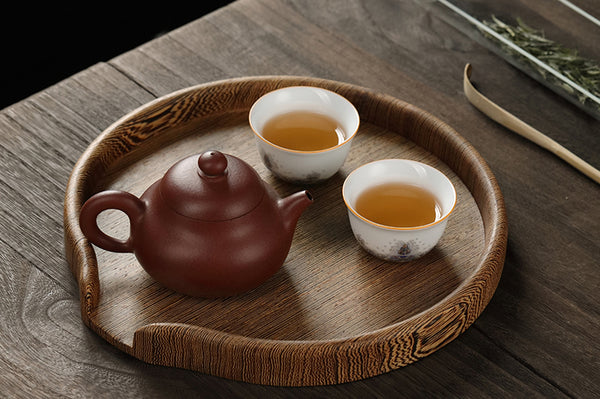
| Gan
Let us talk about gan when drinking tea.
The four most important substances that make up the taste of tea are caffeine, tea polyphenols, amino acids, and sugar. Gan is the taste produced by the influence of sugar.
As we usually said, the fresh sweetness, hui gan, sweetness fragrant, and even the smoothness of the jelly has sugar in it. 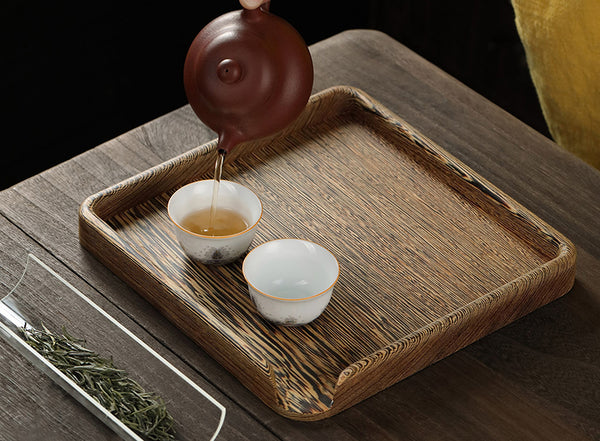
This is actually all involved in the tea making process. The starch, hydrolase, and microbial fermentation in the tea leaves are involved in many aspects, making the tea soluble sugar increase.
Like the popular "Yi Jue Tea Head" before, the jelly's gum texture and sweet fragrance are very obvious.

| Freshness
Freshness is also an important flavor in tea, especially in the green tea season.
It is the amino acids in the tea that affect the freshness and taste, especially theanine. Theanine is mostly fresh and refreshing and can relieve the bitterness and astringency of tea and enhance the sweetness.
Amino acids represent the supply and transformation of tea nutrients and are positively related to the quality of tea.
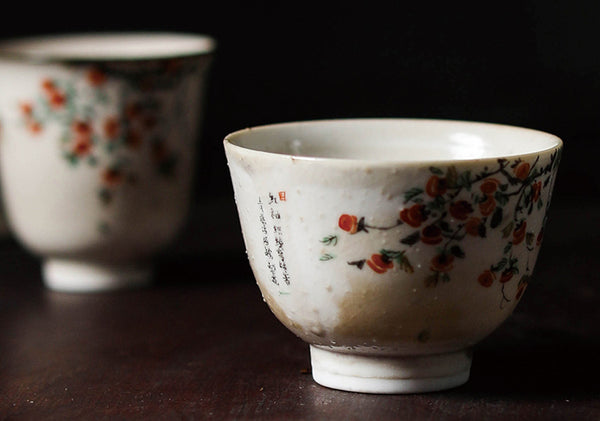
Like the unfermented famous green tea, the theanine in the original leaves is kept to the maximum, so it often contains fresh and refreshing trait.
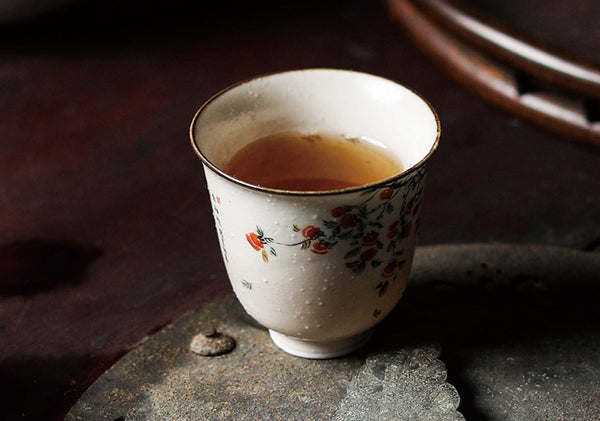
| Fragrant
When drinking tea, you can always drink a variety of flavors, floral, medicinal, jujube, Chen, and the rich ten kinds of Fenghuang Dancong.
According to statistics, there are about 700 kinds of tea aroma substances that have been separated and identified. I can't help but wonder, where do these fragrances come from?
The fragrance is actually a volatile substance, and different fragrance types are a combination of different concentrations of different aromatic substances.
Some incense is formed during the growth of fresh leaves, while others are formed during the processing of tea.
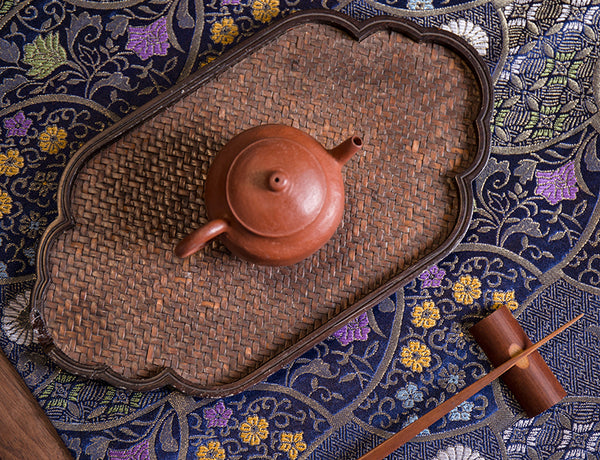
For example, the famous Qimenxiang is one of the three high-flavor black teas in the world. The content of geraniol in its raw material Qimen species is very high, which is dozens of times that of ordinary tea trees.
Geraniol has a rose fragrance, so the most obvious expression of Qimen incense is actually rose fragrance, which is synthesized during the growth of fresh leaves.
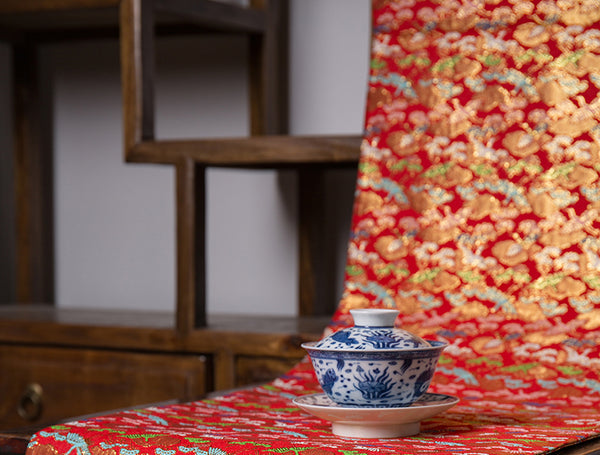
Oolong tea is a typical aroma formed during tea processing.
During the Zuo qing process, the hydrolysis of a large number of aromatic substances makes the aroma of oolong tea as many as 500+ species.

| Bitter and Astringent
Some people compare the bitterness in tea soup to a "gentleman ghost" and astringency to a "rogue ghost". These two are actually that is not very popular when drinking tea.
The main causes of bitterness and astringency are caffeine and ester catechins in tea polyphenols. The former has a bitter taste, while the latter has a strong astringency and a bitter astringency.
Although many people do not like the bitterness of tea, some bitterness is the logo of some teas, such as "Laomane".
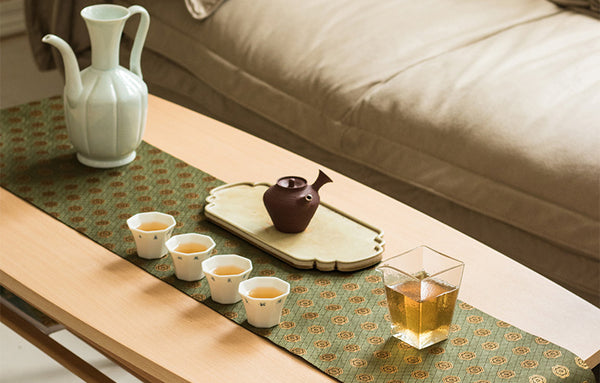
The unique bitterness of Laomane makes the tea soup entrance a bitter first, then quickly returns to sweetness, and the Houyun is strong and lasting. This progressive layer of bitterness is the most wonderful, just like the guide of life after bitterness and sweetness.
Knowing how the thousands of flavors in tea come from, perhaps we have a better understanding of the taste of each tea soup.

To understand the taste of tea soup in essence and to obey the taste, you can have your own understanding and experience, and you will not be the same.









